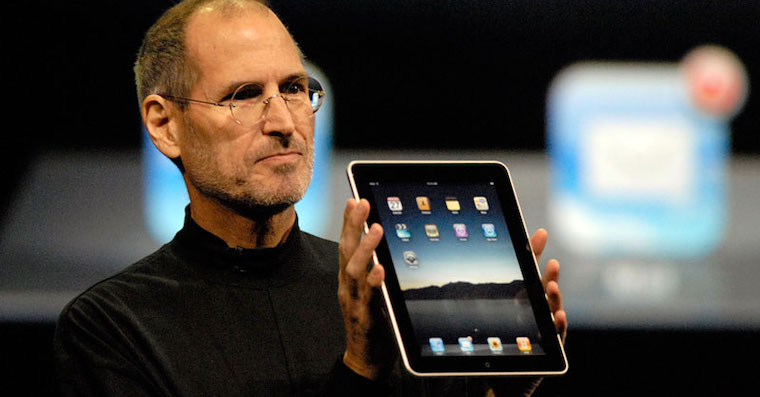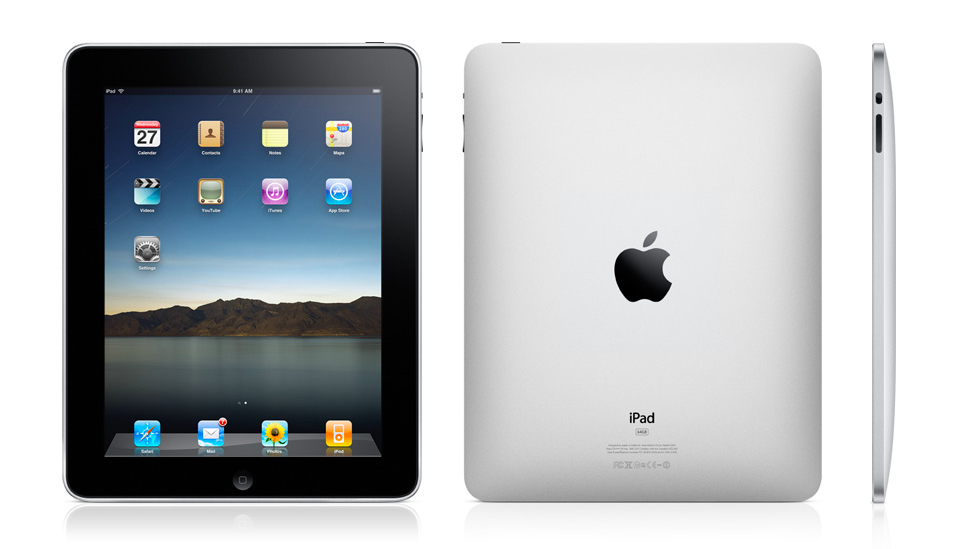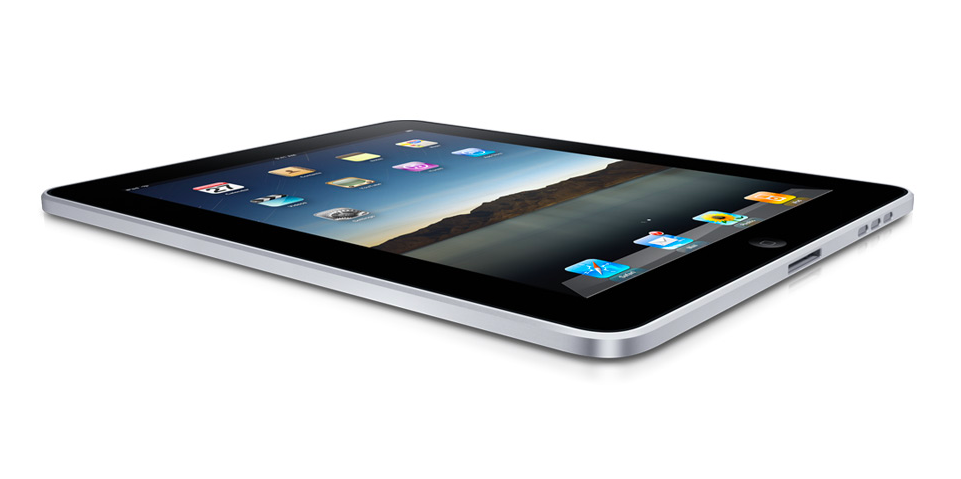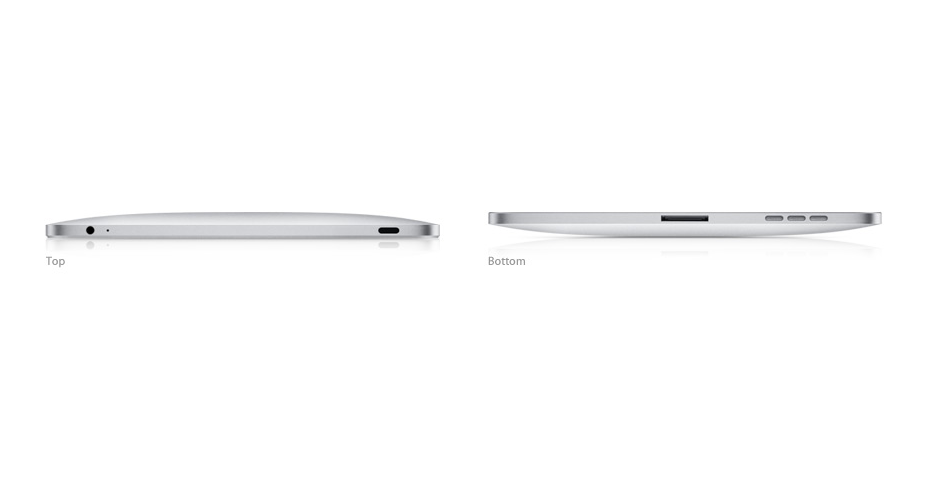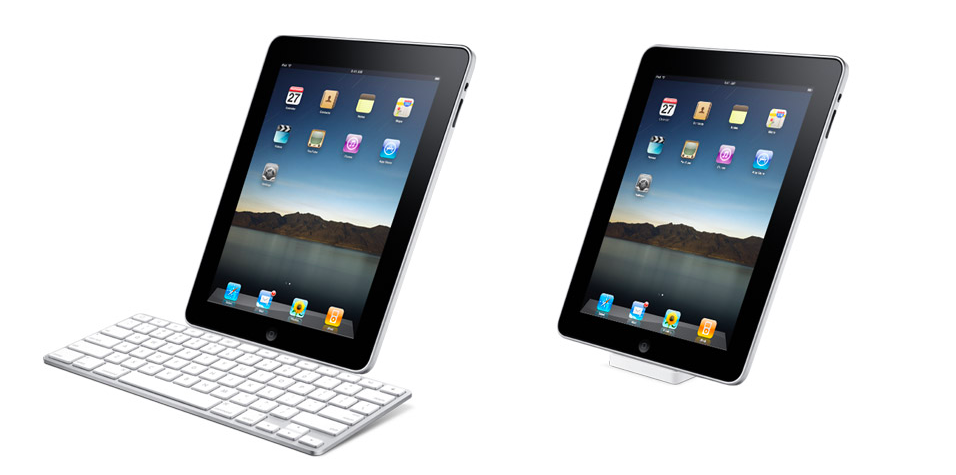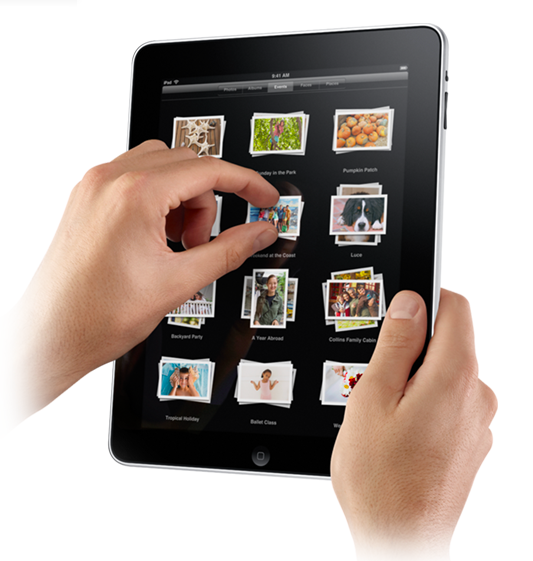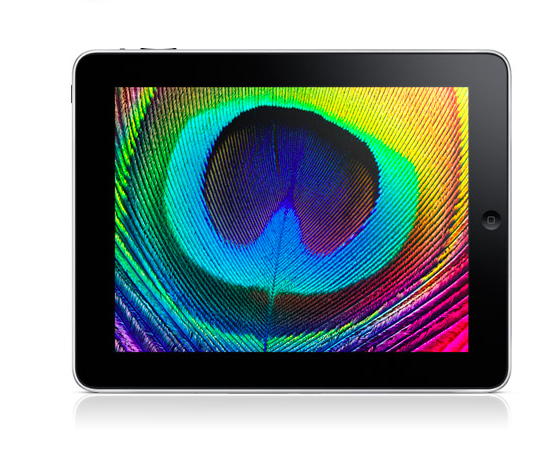Most of us currently have the iPad fixed as a successful and excellently functioning tablet from Apple. At the time when Steve Jobs ceremoniously introduced him to the world, his future was very uncertain. Many people questioned the success of the apple tablet, mocking it and comparing it to feminine hygiene products because of the name. But the doubts lasted only a short time - the iPad quickly won the hearts of experts and the public.
"There were some commandments on the last record that got such a big response," he was not afraid of the biblical comparison then Wall Street Journal. The iPad soon became the fastest-selling Apple product ever. Although it was released after the first iPhone came into the world, it was ahead of the smartphone in terms of research and development. The iPad prototype dates back to 2004, when Apple was trying to perfect its multitouch technology, which eventually made its debut with the first iPhone.
Steve Jobs has been attracted to tablets for a long time. He particularly liked them for their simplicity, which Jobs brought to near perfection with the iPad in collaboration with Jony Ive. Jobs saw the initial inspiration for Apple's future tablet in a device called the Dynabook. It was a futuristic concept that was designed in 1968 by an engineer from Xerox PARC, Alan Kay, who also worked at Apple for a while.
At first glance, however, it did not seem that Jobs had any intentions in this direction. "We have no plans to make a tablet," he stated resolutely in an interview with Walt Mossberg in 2003. “Looks like people want keyboards. Tablets appeal to rich guys with lots of other computers and other devices.” he added. The impression that Jobs is not a fan of tablets was also reinforced by the fact that one of the first steps he took after his return to Apple in the second half of the nineties was to put the Newton MessagePad out of the game. But the reality was completely different.
The birth of the iPad
In March 2004, Apple filed a patent application for an "electrical device" reminiscent of the later iPad. The only difference was that the device shown in the application had a smaller display. Steve Jobs and Jony Ive were listed as the inventors of the patented device.
Not long before the iPad finally saw the light of day, there was another option in the game - in 2008, Apple management briefly considered the possibility of producing netbooks. But this idea was swept off the table by Jobs himself, for whom netbooks represented not very high-quality, cheap hardware. Jony Ive pointed out during the debate that the tablet could represent a high-end mobile device at a similar price.
Premiere
Not long after the final decision was made, Apple started playing around with several prototypes of the iPad. The company created several different concepts, one of which was even equipped with plastic handles. Apple gradually tried twenty different sizes, and the management of the company soon came to the conclusion that the goal was some form of iPod touch with a larger display. "It's much more personal than a laptop," Jobs said about the iPad when it was introduced on January 27, 2010.
The first iPad had dimensions of 243 x 190 x 13 mm and weighed 680g (Wi-Fi variant) or 730g (Wi-Fi + Cellular). Its 9,7-inch display had a resolution of 1024 x 768p. Users had a choice of 16, 32 and 64GB of storage. The first iPad was equipped with a multi-touch display, proximity and ambient light sensors, a three-axis accelerometer or perhaps a digital compass. Apple began accepting pre-orders on March 12, the Wi-Fi model went on sale on April 3, and the 3G version of the first iPad hit store shelves at the end of April.
